What Is A Cpl Camera Filter?
In the world of photography, achieving the perfect shot often requires more than just a good camera and lens. One of the essential tools that photographers use to enhance their images is the Circular Polarizing Lens (CPL) filter. This article will delve into what a CPL camera filter is, how it works, and why it is an indispensable accessory for both amateur and professional photographers.
Understanding CPL Camera Filters
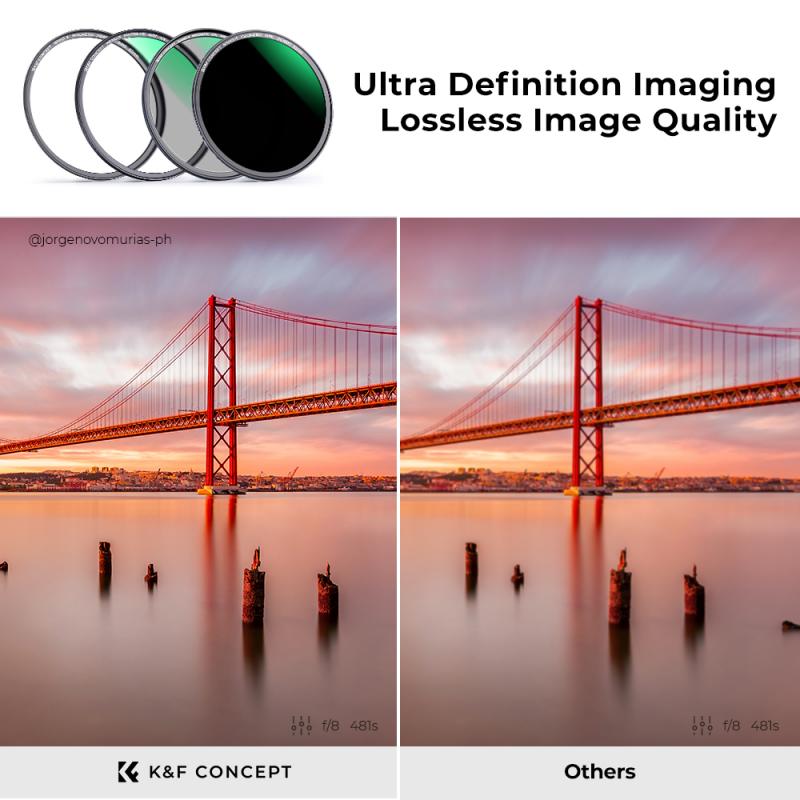
A Circular Polarizing Lens (CPL) filter is a type of photographic filter used to manage reflections, reduce glare, and enhance the colors in an image. Unlike other filters that simply darken the image or add a tint, a CPL filter works by selectively filtering out polarized light. This unique capability makes it a versatile tool for various photographic scenarios.
How Does a CPL Filter Work?
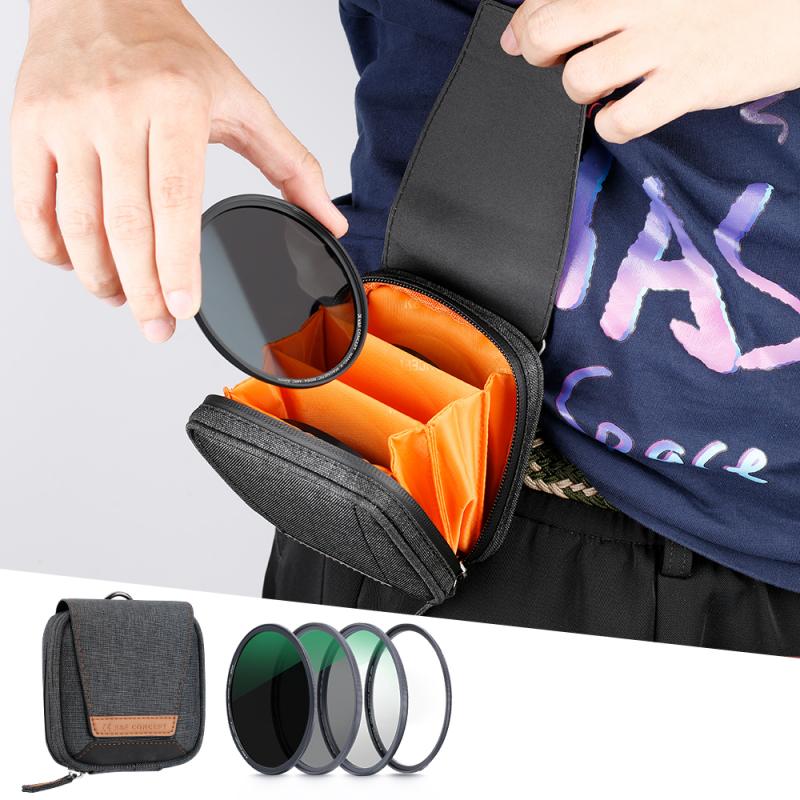
To understand how a CPL filter works, it's essential to grasp the concept of polarized light. Light waves travel in different directions, and when they reflect off surfaces like water, glass, or even leaves, they become polarized. This means the light waves align in a particular direction, often causing unwanted reflections and glare.
A CPL filter consists of two layers of glass with a special polarizing film sandwiched between them. When you rotate the outer layer of the filter, it aligns the polarizing film to block out specific directions of polarized light. This action reduces reflections and glare, allowing the camera to capture more vivid colors and finer details.
Key Benefits of Using a CPL Filter
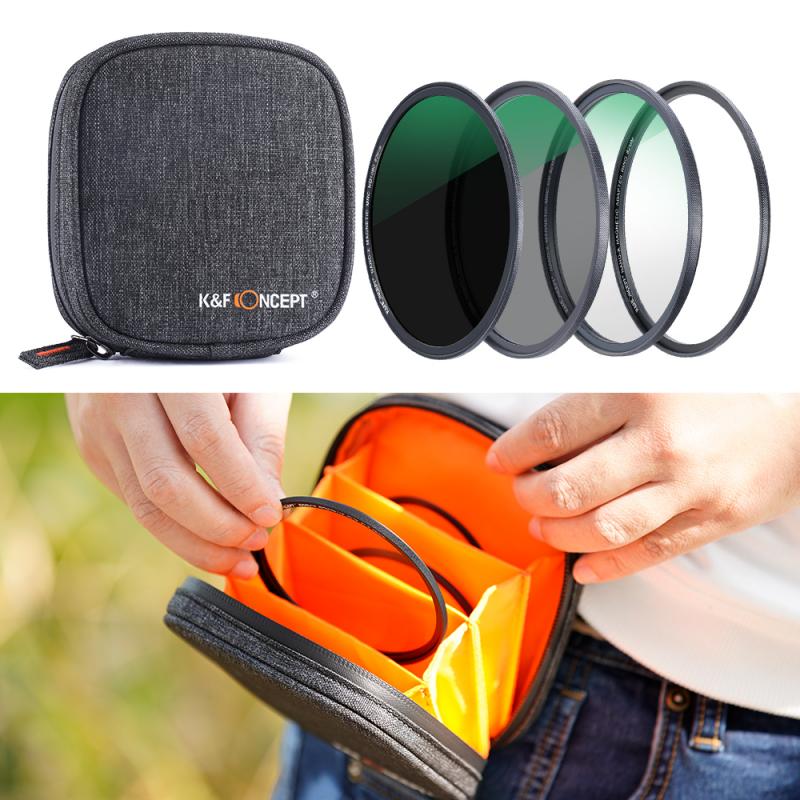
1. Reduction of Reflections and Glare
One of the most significant advantages of using a CPL filter is its ability to reduce reflections and glare. This feature is particularly useful when photographing water bodies, glass surfaces, or any shiny objects. By minimizing these reflections, the filter helps in capturing clearer and more detailed images.
2. Enhanced Color Saturation
A CPL filter can significantly enhance the colors in your photographs. It deepens the blue of the sky, makes the clouds stand out, and enriches the greens of foliage. This enhancement is achieved by filtering out the polarized light that often washes out colors, resulting in more vibrant and saturated images.
3. Improved Contrast
In addition to enhancing colors, a CPL filter also improves the overall contrast of an image. By reducing the haze and reflections, it allows the camera to capture more defined edges and finer details, making the photograph appear sharper and more dynamic.
4. Versatility in Different Lighting Conditions
CPL filters are incredibly versatile and can be used in various lighting conditions. Whether you're shooting in bright sunlight, overcast skies, or even during the golden hour, a CPL filter can help you achieve the desired effect by controlling the light entering the lens.
Practical Applications of CPL Filters
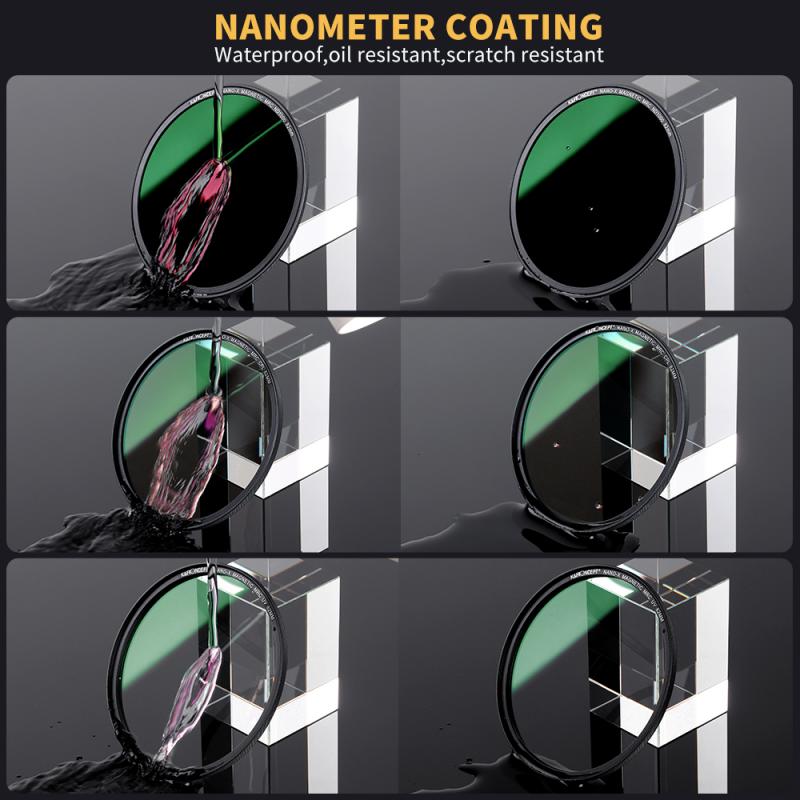
1. Landscape Photography
Landscape photographers often rely on CPL filters to capture the natural beauty of their surroundings. The filter helps in reducing the glare from water bodies, enhancing the colors of the sky and foliage, and improving the overall contrast of the scene. This results in more visually appealing and professional-looking photographs.
2. Architectural Photography
When photographing buildings and other architectural structures, reflections from glass windows and metallic surfaces can be a significant challenge. A CPL filter effectively minimizes these reflections, allowing the photographer to capture the true essence of the structure without any distracting glare.
3. Travel Photography
Travel photographers benefit greatly from using CPL filters, as they often encounter diverse lighting conditions and reflective surfaces. Whether capturing the serene waters of a lake, the bustling streets of a city, or the vibrant colors of a market, a CPL filter ensures that the images are clear, colorful, and free from unwanted reflections.
4. Automotive Photography
Photographing cars can be tricky due to the reflective surfaces of the vehicle's body and windows. A CPL filter helps in reducing these reflections, allowing the photographer to capture the car's design and details more effectively. This is particularly useful for commercial automotive photography, where the focus is on showcasing the vehicle's features.
Choosing the Right CPL Filter
When selecting a CPL filter, there are several factors to consider to ensure you get the best results:
1. Filter Size
CPL filters come in various sizes to fit different lens diameters. It's crucial to choose a filter that matches the diameter of your lens to ensure a proper fit and optimal performance.
2. Quality of Glass
The quality of the glass used in the filter can significantly impact the image quality. High-quality CPL filters use multi-coated glass to reduce lens flare and ghosting, resulting in clearer and sharper images.
3. Ease of Use
Look for a CPL filter that is easy to attach and rotate. Some filters come with a knurled edge, making it easier to grip and adjust the filter, even when wearing gloves.
4. Brand Reputation
Investing in a CPL filter from a reputable brand ensures that you get a product that is durable and performs well. Brands like B+W, Hoya, and Tiffen are known for their high-quality filters and are trusted by professional photographers worldwide.
Tips for Using a CPL Filter
To get the most out of your CPL filter, here are some practical tips:
1. Rotate the Filter
The effectiveness of a CPL filter depends on its orientation. Rotate the filter while looking through the viewfinder or the camera's LCD screen to see the effect in real-time. Adjust the filter until you achieve the desired reduction in reflections and enhancement of colors.
2. Use in Bright Light
CPL filters work best in bright light conditions. They are particularly effective when the sun is at a 90-degree angle to the subject. In low light conditions, using a CPL filter may result in underexposed images, so it's essential to adjust your camera settings accordingly.
3. Combine with Other Filters
For more creative effects, you can combine a CPL filter with other types of filters, such as neutral density (ND) filters. This combination allows you to control reflections and glare while also managing the exposure for long-exposure photography.
4. Clean Regularly
Keep your CPL filter clean to ensure optimal performance. Use a microfiber cloth and lens cleaning solution to remove any dust, fingerprints, or smudges from the filter's surface.
A Circular Polarizing Lens (CPL) filter is a powerful tool that can significantly enhance the quality of your photographs. By reducing reflections, enhancing colors, and improving contrast, it allows you to capture more vivid and detailed images. Whether you're a landscape photographer, an architectural enthusiast, or a travel aficionado, a CPL filter is an indispensable accessory that can elevate your photography to the next level. Invest in a high-quality CPL filter, and experiment with its capabilities to discover the full potential of your camera and lens.


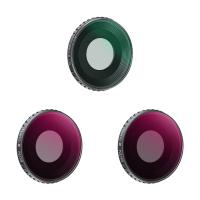





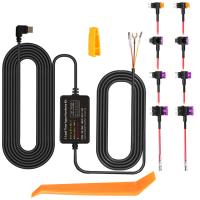
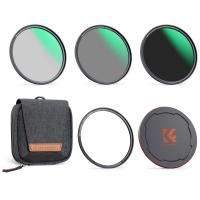
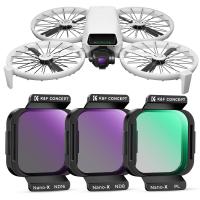

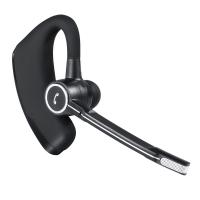

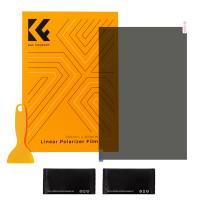
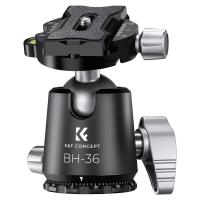

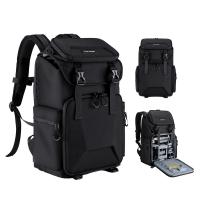


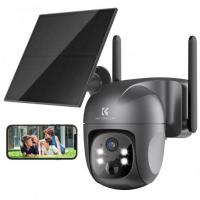
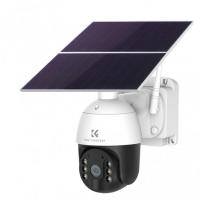
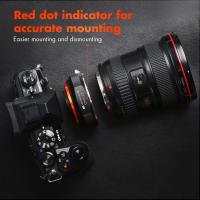
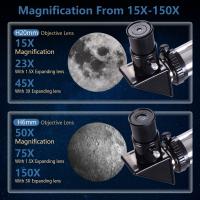


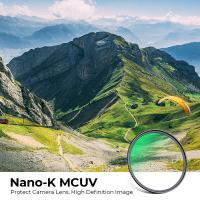





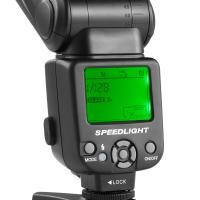

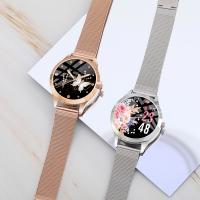



There are no comments for this blog.